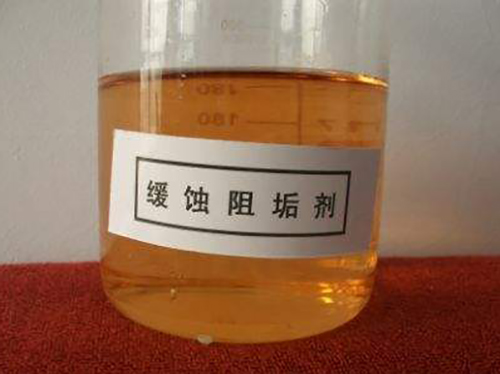poly aluminum chloride sds
Safety Data Sheet (SDS) for Poly Aluminum Chloride
Poly Aluminum Chloride (PAC) is a widely used coagulant in water treatment processes, paper manufacturing, and various industrial applications. Understanding its safety and handling procedures is crucial for ensuring the safety of users and the environment. This article summarizes key information typically found in the Safety Data Sheet (SDS) for PAC.
Identification
PAC is an inorganic polymer used primarily for water purification. It appears as a light yellow or white powder or solution. Its primary function is to remove impurities from water by neutralizing charges, thereby facilitating the aggregation of contaminants into larger particles that can be easily removed.
Hazards Identification
The SDS outlines potential hazards associated with PAC. It is generally considered low in toxicity; however, inhalation of dust or mist may cause respiratory irritation. Skin and eye contact can lead to irritation as well. PAC should be handled with care, and appropriate protective equipment, such as gloves and goggles, should be worn to minimize exposure.
Composition and Ingredients
PAC is generally composed of aluminum oxide, hydroxides, and chlorides. The formulation can vary based on the specific application and manufacturer. The precise composition may influence the efficacy and safety profile of the product.
First-Aid Measures
In the event of exposure, the SDS provides detailed first-aid instructions. For inhalation, individuals should be moved to fresh air, and if respiratory distress occurs, medical attention should be sought immediately. Skin contact requires washing the affected area with soap and water, while eye contact necessitates rinsing with plenty of water for at least 15 minutes and seeking medical assistance.
poly aluminum chloride sds

Fire-Fighting Measures
PAC is not flammable; however, the SDS recommends using appropriate extinguishing media in case of a fire, particularly if other combustible materials are present. Firefighters should use protective gear, including self-contained breathing apparatus, to mitigate any risk.
Handling and Storage
Proper handling and storage of PAC are crucial for safety. It should be stored in a cool, dry place, away from incompatible substances such as strong bases and organic materials. When handling PAC, ensure good ventilation, and avoid creating dust. Using closed systems can also help reduce exposure.
Exposure Controls and Personal Protection
The SDS emphasizes the importance of using personal protective equipment (PPE) such as gloves, safety goggles, and masks when handling PAC. Adequate ventilation is necessary to minimize inhalation risks.
Environmental Considerations
PAC’s environmental impact is an important aspect covered in the SDS. It is not classified as a hazardous waste; however, proper disposal methods should be followed to prevent contamination of water sources.
In conclusion, a comprehensive understanding of the SDS for Poly Aluminum Chloride is essential for safe usage and handling in various applications. Adhering to recommended guidelines helps ensure not just the safety of the individual but also the protection of the environment.
-
Water Treatment with Flocculant Water TreatmentNewsJun.12,2025
-
Polymaleic AnhydrideNewsJun.12,2025
-
Polyaspartic AcidNewsJun.12,2025
-
Enhance Industrial Processes with IsothiazolinonesNewsJun.12,2025
-
Enhance Industrial Processes with PBTCA SolutionsNewsJun.12,2025
-
Dodecyldimethylbenzylammonium Chloride SolutionsNewsJun.12,2025





